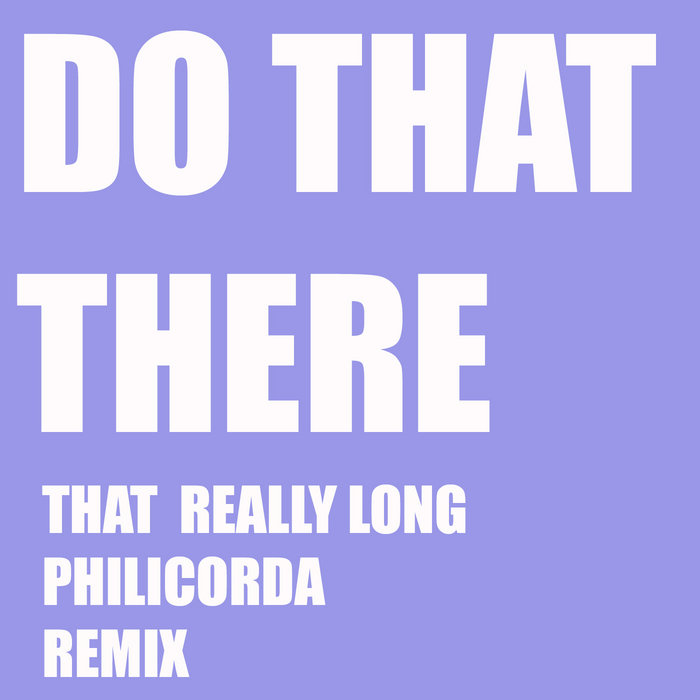
Do That There (That Really Long Philicorda Remix) – The Breakbeat Junkie
this blog is GROOVY – check out great Soul, Funk, Jazz, Hip Hop, Bass, Breaks , Reggae, House n many more TUNES
Hey there, music lovers! Today, we’re diving into the soulful world of Philicorda — a nifty little musical genre that has roots deep in the funky soil of the 1960s and 70s. Grab your favorite beverage and let’s take a chill ride through the history of this quirky sound!
First off, let’s clear the air. Philicorda isn’t just a genre; it also refers to an electronic instrument made by Philips in the Netherlands during those swinging times. Think of it as a blend between an organ and a synthesizer — like if two cool musicians decided to jam together and ended up creating something super exciting.
The Philicorda started out as an electric organ designed for both professional musicians and casual players alike. But what really makes it special is its unique sound: warm, lush tones that make you feel all nostalgic while keeping things fresh.
It was around 1962 when Philips birthed this beauty. It became popular with reggae bands and pop groups looking for that extra oomph in their tunes. Imagine grooving to some sweet melodies sprinkled with surreal harmonics! Awesome, right?
The instrument itself had various models (like the L 210, L 220, etc.) but they all shared one thing: they could take you on a sonic journey unlike any other.
As our beloved instrument hit its stride in clubs across Europe, so did some hilarious mishaps among famous musicians who couldn’t quite handle its charm! For instance:
Funny Fact #1: During live performances at festivals like Glastonbury, musicians would often inadvertently confuse their keyboards with actual furniture backstage! There were tales of artists sitting down on stage only to realize they were about to play their trusty old couch instead of their cherished Philicorda!
Funny Fact #2: Ever heard about that infamous incident involving British band “The Prodigy”? Legend has it that Keith Flint once tried using his own version of the instrument as an air-guitar substitute during high-energy performances – thinking he could get away “playing” two instruments at once!
Thanks to artists who embraced this quaint little beastie, we saw genres evolve with flavors from rock ‘n roll to psychedelic pop. You’ve got bands like Kraftwerk, whose pioneering use of electronic sounds paved new pathways; then there was George Harrison sprinkling his magic dust all over Beatles tracks – yes indeed!
The grooves spread wide with acts outside conventional charts too—think funk legends like Earth, Wind & Fire pulling head-turning moves where mystical synth sounds collided beautifully with brass sections.
You know what else? Some even joked about how every time they switched gears on their vintage records—beep-beep-boop—the songs somehow transformed into completely different tunes… Yup! That was definitely part-time wizardry happening right before drumsticks hit snares!
Fast forward to today: The resurgence (or revival) phase kicked off when indie bands started scavenging thrift stores for retro gear — including those glorious flat-paneled instruments hiding behind dusty shelves waiting patiently for someone like us to rescue them! People soon noticed how these devices brought back good vibes from previous decades without breaking either bank accounts or hearts.
Artists such as Tame Impala, along with numerous others popping out left and right embodying eclecticism reminiscent not just within lyrics but ground-shaking introductions fused brilliantly within compositions too—oh boy indeed does nostalgia sing loud now!
You think people have trouble adapting nowadays? Well back then tech failures led plenty shows astray when power cords mysteriously vanished leading everyone scrambling whilst screaming “Where’s my groove?!”
Musicians sometimes found themselves channeling MacGyver skills by repairing broken cords mid-set using everything from duct tape rolls resting nearby missing jackets’ sleeves… true stories folks!
Despite modern advancements making things quicker/easier via digital platforms—the essence remained unchanged; allow phillicordas’ warmth twinkling magic throughout parties held around cozy living rooms blasting move-worthy classics bringing joy faster than you can say ‘let’s boogie’…
Now flashback while imagining epic jams echoing alongside towering amplifiers weaving rhythmic patterns spiraling endlessly producing smiles contagious enough resembling laughter brings harmonious unity well beyond barriers which bring sweet relief feeling united under shared love filled atmosphere sounding remarkably groovy regardless how many funky years may come pass through life cycles whisked diligently maintaining tempo higher than anyone thought possible—high-five ya’ll!!
So here’s toast-making toward our dear friend called phillicorda—a timeless gem inspiring countless voices still rippling today—even amidst shenanigans making silly memories reflecting vibrant fleeting moments swiftly gliding effortlessly transforming ordinary days extraordinary—with rhythm calling inviting everyone join along tackling life’s symphony hand-in-hand laced harmony note-by-note wherever adventures await next time tune-up…
Stay tuned until next jam session folks!! 🎶🙌✨

Do That There (That Really Long Philicorda Remix) – The Breakbeat Junkie